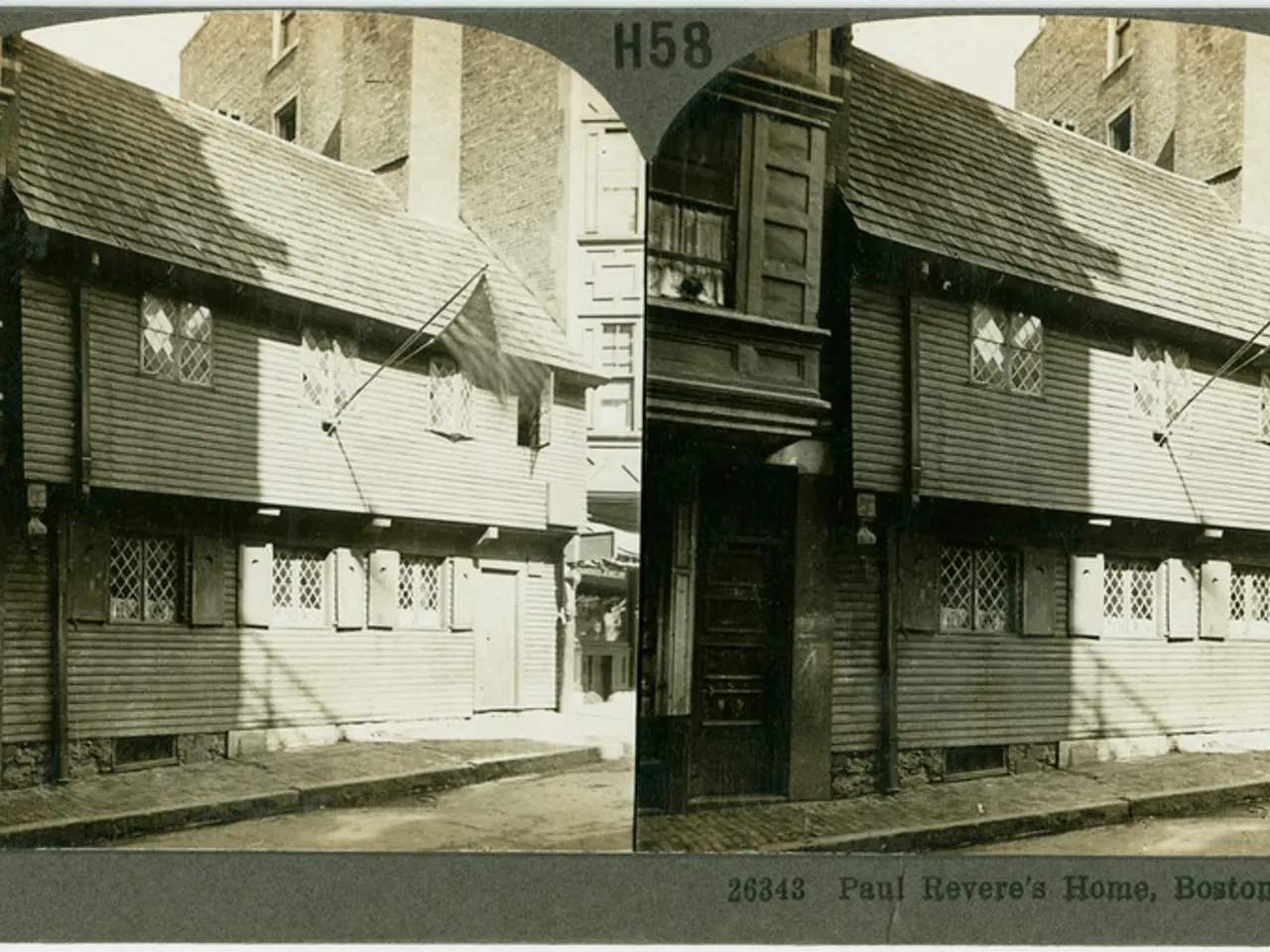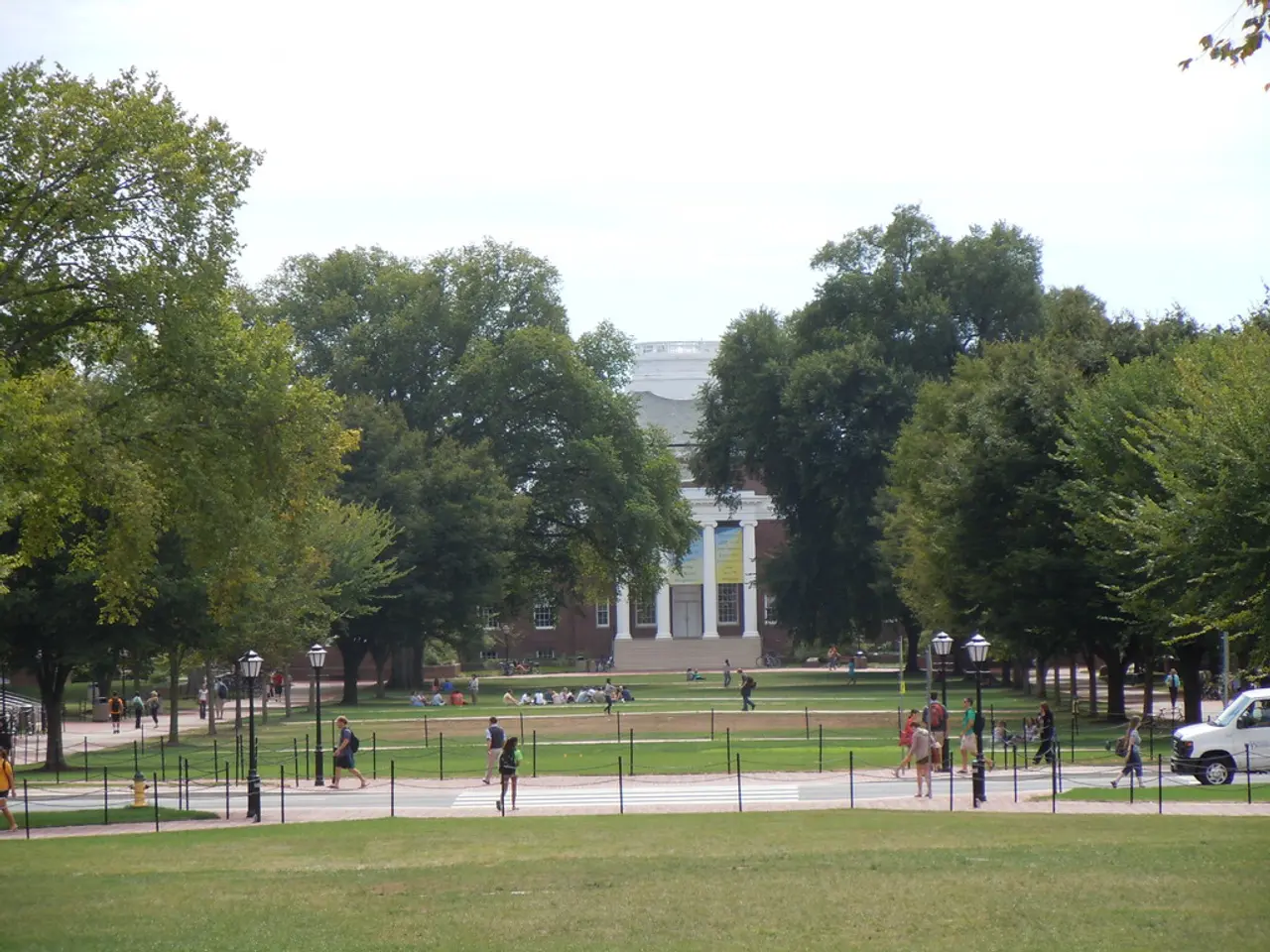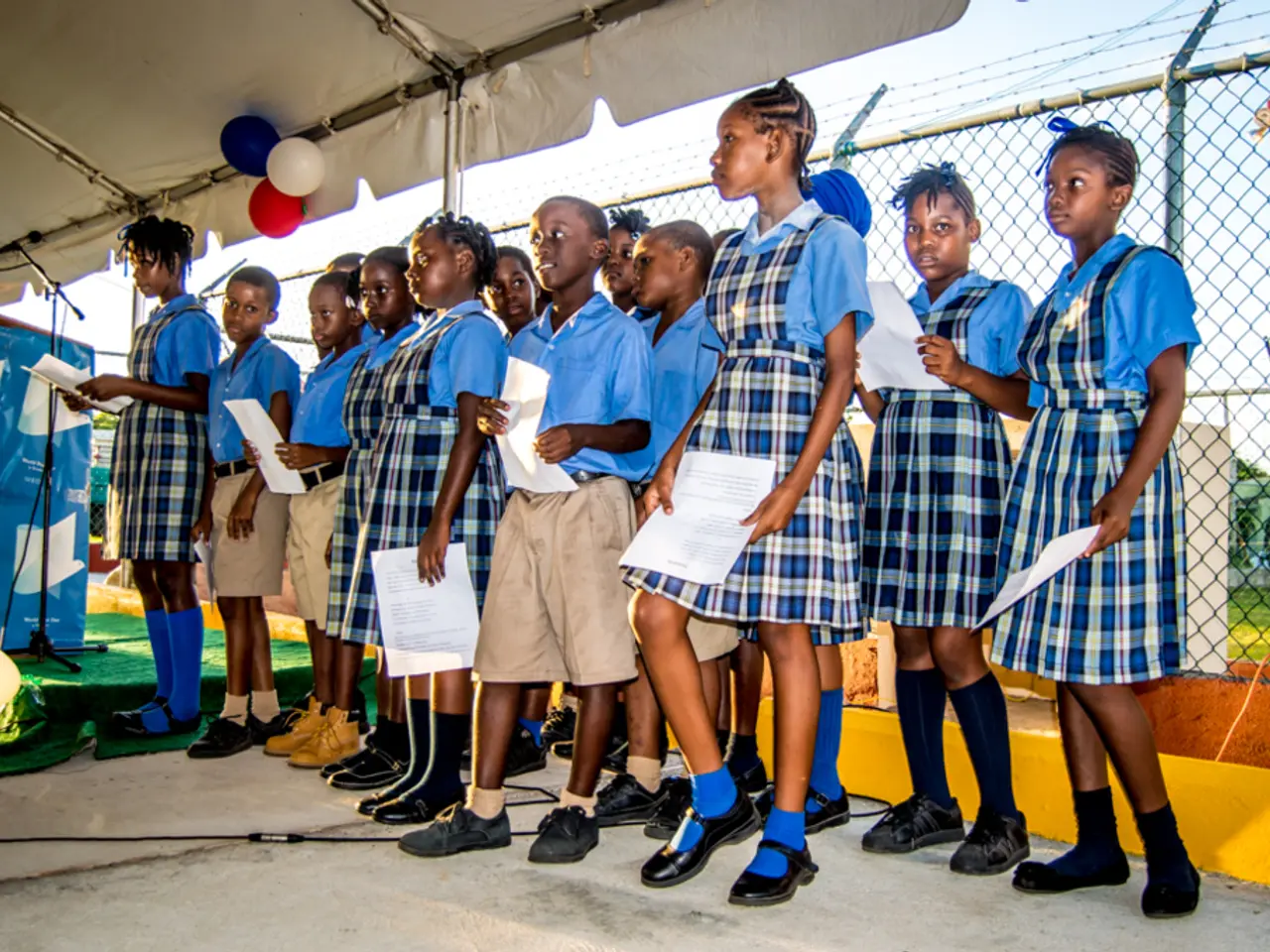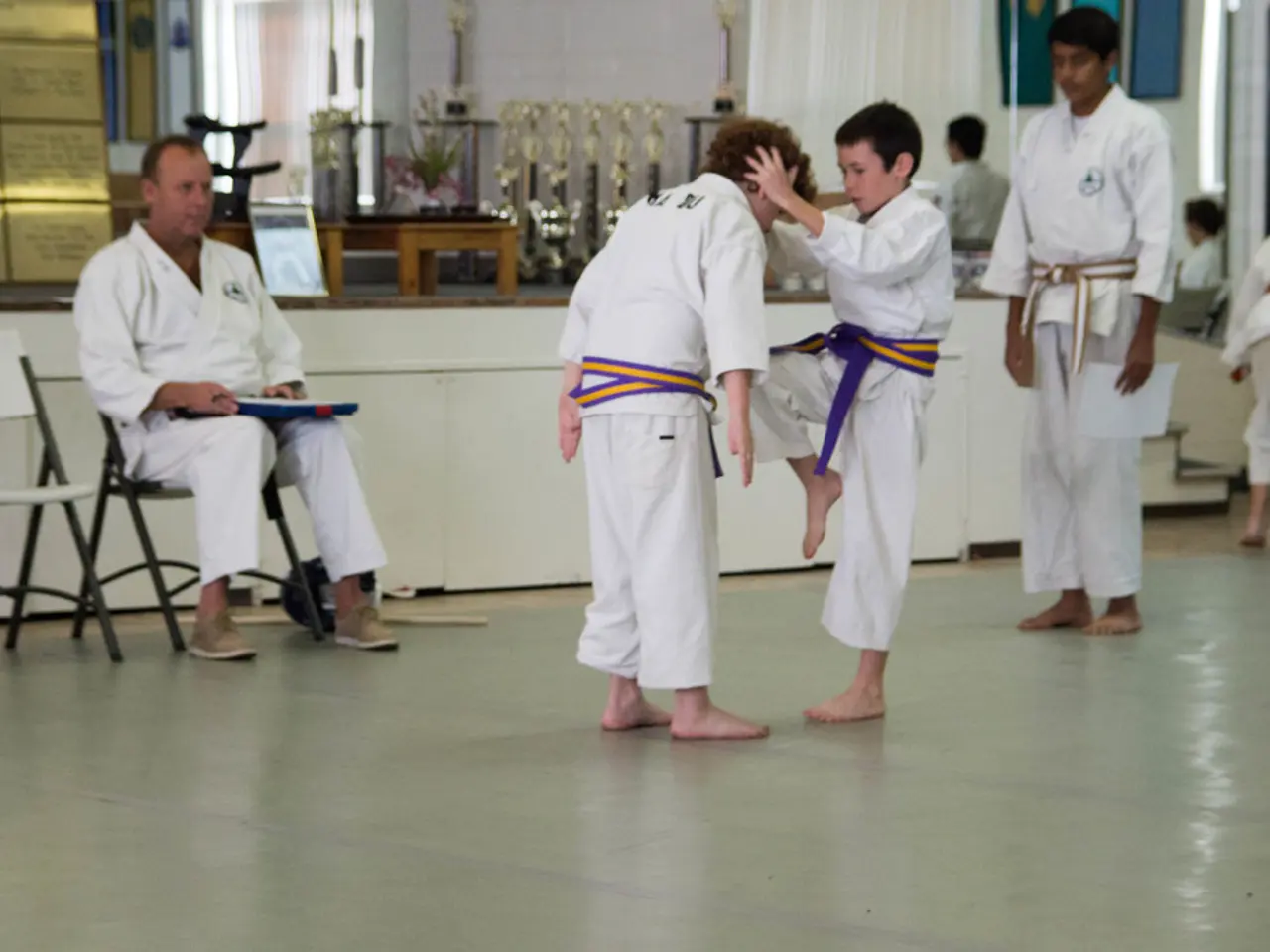The Lumsa University actively participates in Palermo's cultural scene.
Palermo, the vibrant city of art and history, is undergoing a significant transformation with the implementation of the Cultural Mile project and the expansion of Lumsa University. The initiative aims to revitalize historic districts, promote contemporary art, and foster intercultural dialogue, creating a positive impact on the city's cultural vitality and social fabric.
### Development and Institutions
The Cultural Mile focuses on the rich architectural and cultural heritage of Palermo, with emblematic buildings like Palazzo Butera being restored to create a network of cultural institutions. The Valsecchi family's Palazzo Butera, opened to the public in 2021, now serves as a cultural venue featuring contemporary art, historical paintings, and exhibitions, blending past and present artistic expressions.
The Giuseppe Impastato Sicilian Centre of Documentation contributes to the memorial and emotional aspects of local history, integrating social engagement with historical memory. The Migrantour intercultural routes, a grassroots initiative, provide guided urban walks led by citizens of migrant origins, enhancing understanding of migration's role in shaping European societies and furthering Palermo's commitment to intercultural dialogue and social inclusion.
### Impact on the City
Restoring and repurposing historic palaces like Palazzo Butera into active cultural hubs strengthens Palermo’s identity as a city of art and history, attracting tourists and locals alike to explore the city's artistic offerings. The integration of migratory narratives through Migrantour tours fosters social cohesion and multicultural awareness, addressing contemporary social dynamics and enriching the cultural experience beyond traditional heritage sites.
The Cultural Mile also contributes economically by stimulating tourism in Palermo’s historic core, encouraging sustainable and socially responsible cultural tourism. It supports a model of urban development aligned with the 15-minutes city concept, aiming to provide accessible cultural services within proximity, enhancing the quality of urban life and making cultural participation more inclusive and convenient for residents and visitors.
### Lumsa University's Expansion
The upcoming Lumsa University campus, located in the former Lolli Station area, is expected to significantly transform this part of Palermo by 2028. The new campus will feature around 7,000 square meters of redeveloped open spaces and green areas, including a "covered square" under a historic iron and cast-iron roof. The new entrance of Lumsa University, Libera Università Maria Ss. Assunta, is located along the Cultural Mile.
Lumsa University is expanding its offerings, with 1,500 students currently enrolled in law, economics, the five-year Scienze dell'educazione course, and the Communication undergraduate program, which also offers a two-year specialization in communication, culture, and art. The art gallery In via Cluverio Officina, directed by French artist Josephine Flasseur, is located along the Cultural Mile in Palermo.
### A Cultural and Economic Driver
The Cultural Mile project uses culture as an economic driver, attracting tourists and fostering local economic growth. Giampaolo Frezza, director of the Gec Department in Palermo and a pro-rector for teaching in Rome, believes in the growth of the university in Palermo and envisions Palermo as Italy's Berkeley for its cultural vibrancy. Frezza aims to create a link between the territory and contemporary art, with the Lumsa Art Factory project hosting works of contemporary art within the university.
Last year, Frezza launched the Lumsa Art Factory project, which began in July 2024 with Edoardo Cicconi's light pyramid during the Festino di Santa Rosalia, followed by Fabrizio Dusi's Babele. The distance between Piazza Politeama and Cantieri Culturali alla Zisa in Palermo is approximately a mile, making the Cultural Mile easily accessible for residents and visitors.
In conclusion, the Cultural Mile project and Lumsa University's expansion are transforming Palermo into a hub for art, history, and intercultural dialogue. The initiative strengthens the city's identity, fosters social cohesion, and stimulates economic growth, making Palermo an attractive destination for tourists and a vibrant city for its residents.
In alignment with Palermo's transformation, the home-and-garden sector finds a significant presence in the revitalized historic districts, as restored buildings like the Palazzo Butera serve as cultural venues for home-and-garden exhibitions and contemporary art. Additionally, the expansion of Lumsa University, with its education-and-self-development programs like the Scienze dell'educazione course, contributes to the city's intellectual and cultural renaissance.




